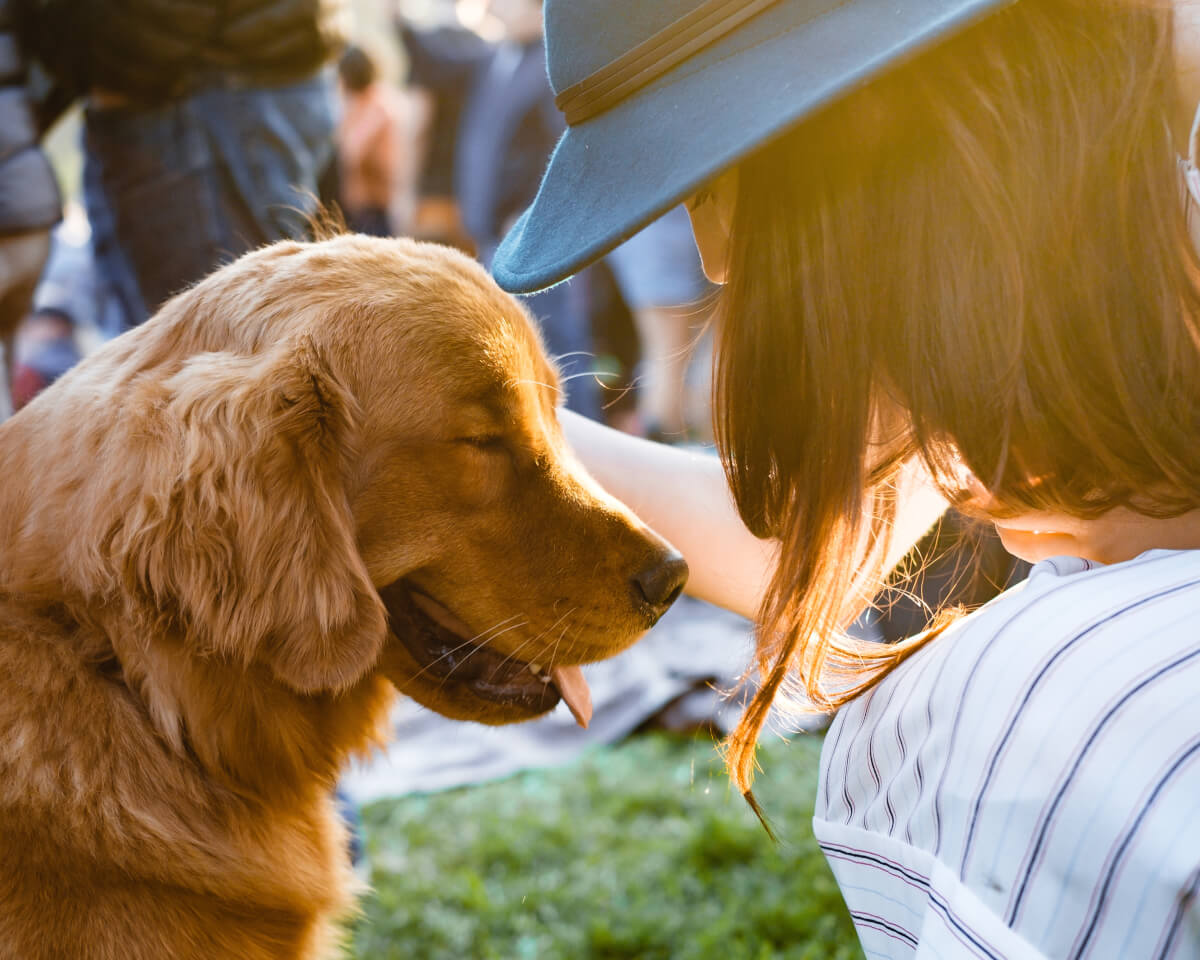Ear infections are a fairly common ailment for most dogs — the problem is, you might not realize that there is a problem until its a painful problem for your dog.
Detection
Do you see your dog shaking it’s head a little too often? Does your dog rub it’s ears with it’s paws, on the carpet, on the furniture, on your leg? Does your dog love it a little too much when you scratch it ears? These are all possible signs of an ear infection.
Did your dog used to love getting it’s ears scratched but now shies away from you when you reach for it’s ears? That’s a sure sign of an ear infection.
Here are two other signs of this particular trouble: You see what looks like dirt in your dogs ears and wonder what its been up to. Your dog has an unusually bad smell — even shortly after a bath.
That probably isn’t dirt in the dogs ears (unless its been messing around in some very dirty places) — its probably a build-up of ear wax and, if it is ear wax, that’s probably also the cause for the mysterious odor.
An excess of smelly ear wax would, in most cases, be caused by inflamed (infected) ceruminous glands (wax glands) in it’s ears. When these glands get infected they discharge extra amounts of ear wax. The excess ear wax causes the dogs ears to itch at first, that’s why the rubbing and the blissful look when you scratch it’s ears. After a while, if you don’t spot the problem and get the dog to a vet, the wax buildup will become painful and the dog won’t want you to touch its ears and the dog will become listless and probably not want to do anything except lay around — waiting for the pain to go away.
The scenario described above is a typical outer ear infection and outer ear infections are by far the most common dog ear infections. The medical name is Otits Externa — simply meaning “infection in the outer ear.” Just to complicate matters, you should know that dogs with ear infections often wind up with another problem — ear mites.
Prevention
Your dog needs you to protect it from the pain of an ear infection and here’s how you can do it: don’t wait for the signs of an ear infection, check your dog’s ears at least once a week.
-Feel the skin on the inside (least haired side) of each ear. The skin should feel perfectly smooth — if this skin feels rough or grainy you might already have an ear infection problem on your hands.
-Look into the ear — you should see a normal (not red or swollen) looking ear canal. Worst case: you’ll see some type of yellow or dark discharge or possibly pus draining from the ear.
-Smell the ear — you should not smell anything unpleasant.
-If you see any signs of an ear infection, get your dog to a veterinarian.
-If you see a bit of wax or dirt in the ear but it doesn’t seem to be bothering the dog, clean it’s ears. Even if the ear looks clean and clear, and you haven’t cleaned the dog’s ears for a week or so, clean the ears.
Cleaning Your Dog’s Ears
If you are not already cleaning your dogs ears on a regular basis, it may try to get away from you because it’s not sure what you are doing and afraid that whatever it is will hurt. Calm the dog down by petting it and talking gently to it — your tone of voice is always the key to your dog’s reactions. Once you’ve started cleaning it’s ears on a regular basis the do will get used to it and even appreciate the extra attention.
-Get an ear wash solution made specially for pets. Get it from a pet supply store or from your vet.
-Apply some ear wash solution to the inside of the dogs ears with a cotton ball or cotton-tipped swab. (Careful! Don’t have the cotton ball or swab dripping wet — you don’t want to get anything down in the ear canal.)
About now, your dog will want to shake it’s head to get the excess moisture out of it’s ears — it’s OK — let him or her shake it out.
-Take a fresh cotton tab with more of the ear-wash solution on it and clean the inside of the ear, around the folds and places where ear wax might build up.
Don’t get into cleaning deep down into the ear canal — that’s for a veterinarian to do. If you see any build-up of ear wax deep down, let your vet take care of it.






